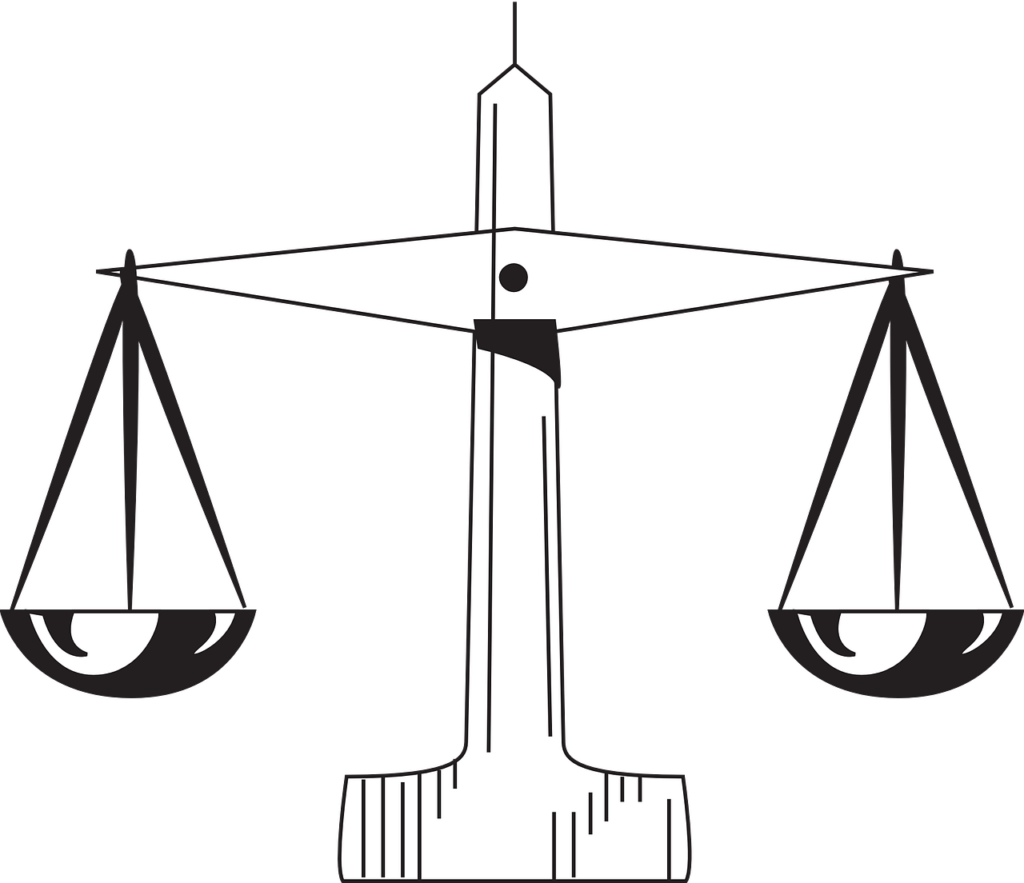Tinker v. Des Moines
As a silent protest, students Mary Beth Tinker, her brother John Tinker, and Christopher Eckhardt wore black armbands to school to mourn those who died in Vietnam. They were suspended for wearing the armbands and challenged the decision in district court. Although they lost, their case made it to the Supreme Court in 1969. The Supreme Court ruled that forbidding the students to wear armbands violated their freedom of speech protections guaranteed by the First Amendment.
Tinker V. Des Moines
 Essential Questions
Essential Questions
The following essential questions provide a framework for exploring this unit’s main ideas and themes:
- What limits to freedom of expression are acceptable in educational settings?
- What are some current examples of speech that might be contested in school settings?
New Jersey Student Learning Standards
The materials and suggested lesson plan below satisfy the following New Jersey Student Learning Standards:
6.1.12.HistoryCA.5.a ? ×
×
6.1.12.CivicsPR.10.a ? ×
×
6.1.12.HistoryCC.12.a ? ×
×
6.1.12.HistoryCC.12.c ? ×
×
6.1.12.CivicsDP.13.a ? ×
×
6.1.12.CivicsPI.14.c ? ×
×
Lesson Module
![]() Goal and Learning Objectives: The goal of this lesson module is to provide resources and activities related to students’ First Amendment protections in the U.S. for high school teachers to implement in their classrooms. Studying Tinker v. Des Moines offers students an opportunity to examine young people’s roles at critical points in the nation’s history and to think about the impact of young people’s voices and influence on politics in our time.
Goal and Learning Objectives: The goal of this lesson module is to provide resources and activities related to students’ First Amendment protections in the U.S. for high school teachers to implement in their classrooms. Studying Tinker v. Des Moines offers students an opportunity to examine young people’s roles at critical points in the nation’s history and to think about the impact of young people’s voices and influence on politics in our time.
Content: Included in this module are suggested activities, discussion questions, infographics, and other resources designed to help teachers and students explore issues related to First Amendment protections for students in school settings. These activities and lesson materials can be integrated into a variety of classes, including U.S. history, politics, and civics.
Activity I: History
Context: By the end of 1965, the U.S. had deployed over 400,000 troops to Vietnam despite the war’s increased opposition. Students around the country employed many modes of protest to show their opposition to the United States’ role in the Vietnam War. Mary Beth Tinker (age 13), her brother John Tinker (age 15), and Christopher Eckhardt (age 16) decided to wear black armbands to school as a silent, symbolic protest to mourn those who died in Vietnam. They were suspended on the grounds that their armbands created a “distracting influence” on education and that they had “disturbed the peace.”
 The Tinkers and Eckhardt challenged this decision in district court, where the court ruled in favor of the school district. The case moved to the court of appeals, which was deadlocked. The case rose all the way to the Supreme Court in 1969. In Tinker v. Des Moines Independent Community School District, the Supreme Court ruled that the prohibition against the wearing of armbands violated the students’ freedom of speech protections guaranteed by the First Amendment. In the 7-2 ruling, Justice Fortas made the now-famous declaration that students and teachers do not “shed their constitutional rights to freedom of speech or expression at the schoolhouse gate.”
The Tinkers and Eckhardt challenged this decision in district court, where the court ruled in favor of the school district. The case moved to the court of appeals, which was deadlocked. The case rose all the way to the Supreme Court in 1969. In Tinker v. Des Moines Independent Community School District, the Supreme Court ruled that the prohibition against the wearing of armbands violated the students’ freedom of speech protections guaranteed by the First Amendment. In the 7-2 ruling, Justice Fortas made the now-famous declaration that students and teachers do not “shed their constitutional rights to freedom of speech or expression at the schoolhouse gate.”
Instructions: Use the timeline and video to introduce the class to the Tinker case, and if time permits, use the powerpoint presentation to give a quick introduction and summary of the case. Test your students’ knowledge with a Kahoot!
Activity II: Key Figures
![]() Instructions: This activity gives students the opportunity to learn about key figures involved in the Tinker v. Des Moines case. Divide the class into small groups and have them discuss the figures on our Key Figures page that include downloadable PDFs with more information. Have the groups review Mary Beth Tinker’s visit to Rutgers, and have students answer the discussion questions. When finished, they can share their responses with the whole class.
Instructions: This activity gives students the opportunity to learn about key figures involved in the Tinker v. Des Moines case. Divide the class into small groups and have them discuss the figures on our Key Figures page that include downloadable PDFs with more information. Have the groups review Mary Beth Tinker’s visit to Rutgers, and have students answer the discussion questions. When finished, they can share their responses with the whole class.
Discussion Questions
- Who were the key figures involved in this case?
- What can we learn from the students?
- What can we learn from the justices?
When speaking to Rutgers students, Mary Beth Tinker said: “Maybe I could tell these kids about that case and my experience of speaking up, and then I could encourage them to speak up because young people are so powerful when they advocate for themselves.”
- In what ways can students become engaged in civics at school today?
Activity III: Tying It All Together - Freedom of Speech
 Instructions: Have students break into groups to review arguments made by the Supreme Court using Oyez – Tinker v. Des Moines Case on the sidebar. They can also watch the video below, and choose one out of the two discussion questions in this activity:
Instructions: Have students break into groups to review arguments made by the Supreme Court using Oyez – Tinker v. Des Moines Case on the sidebar. They can also watch the video below, and choose one out of the two discussion questions in this activity:
Discussion Questions:
- Do you think the Supreme Court made the right decision in Tinker v. Des Moines (consider both sides – what are some arguments for and against allowing students to wear the armbands)?
- In Tinker, the Court ruled that schools can only limit speech if it “materially and substantially interferes” with the day to day operations of the school. Would it be important to you if your protest met the criteria for speech as laid out in Tinker? Why or why not?
Activity IV: Hands on Activity
 Instructions: Have your class brainstorm current issues (climate change, gun control, etc.) affecting youth. Break them into groups to think through the following talking points to present their cause to classmates:
Instructions: Have your class brainstorm current issues (climate change, gun control, etc.) affecting youth. Break them into groups to think through the following talking points to present their cause to classmates:
- What’s your cause, and why did you select it for this activity?
- Think about your cause and design materials (such as buttons, arm bands, banners, or signs) that you would want to display at school.
- Make an action plan for how and when you will reach out to others to make them aware of the current issue.
To end the activity, and unit, make your own Kahoot!. In groups, students can help design the game by creating 3 questions that include correct and incorrect responses for each question.
Materials
![]() Don’t have time to use these activities? Do you already have a lesson plan for Tinker?
Don’t have time to use these activities? Do you already have a lesson plan for Tinker?
Here are links to the materials presented in the above activities that can be used anyway you see fit!
Activity 1: Timeline of Events , A Supreme Court Fight for Students’ Free Speech Rights, Presentation slides
Activity 2: Key Figures, Mary Beth Tinker speaks
Activity 3: Oyez – Tinker v. Des Moines Case, Kahoot!
Activity 4: Constitution Hall Pass: Tinker v. Des Moines

